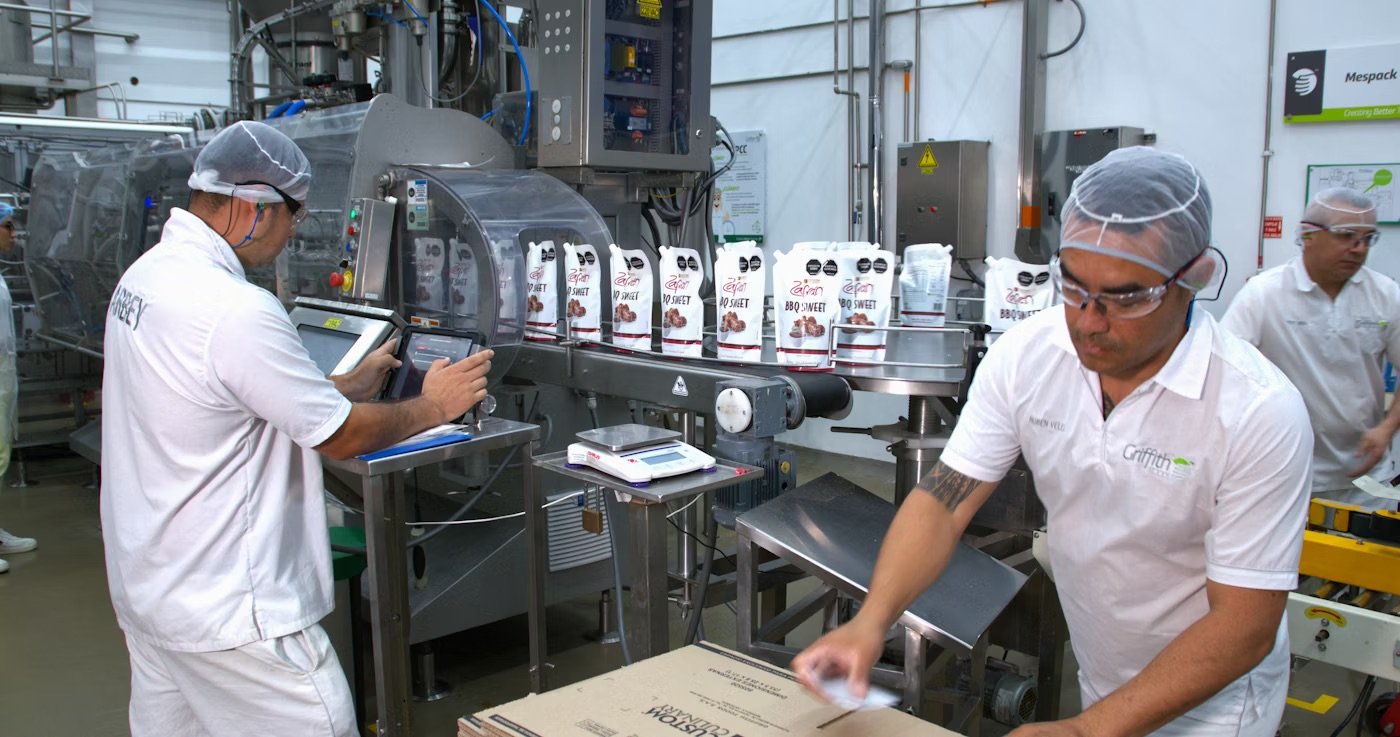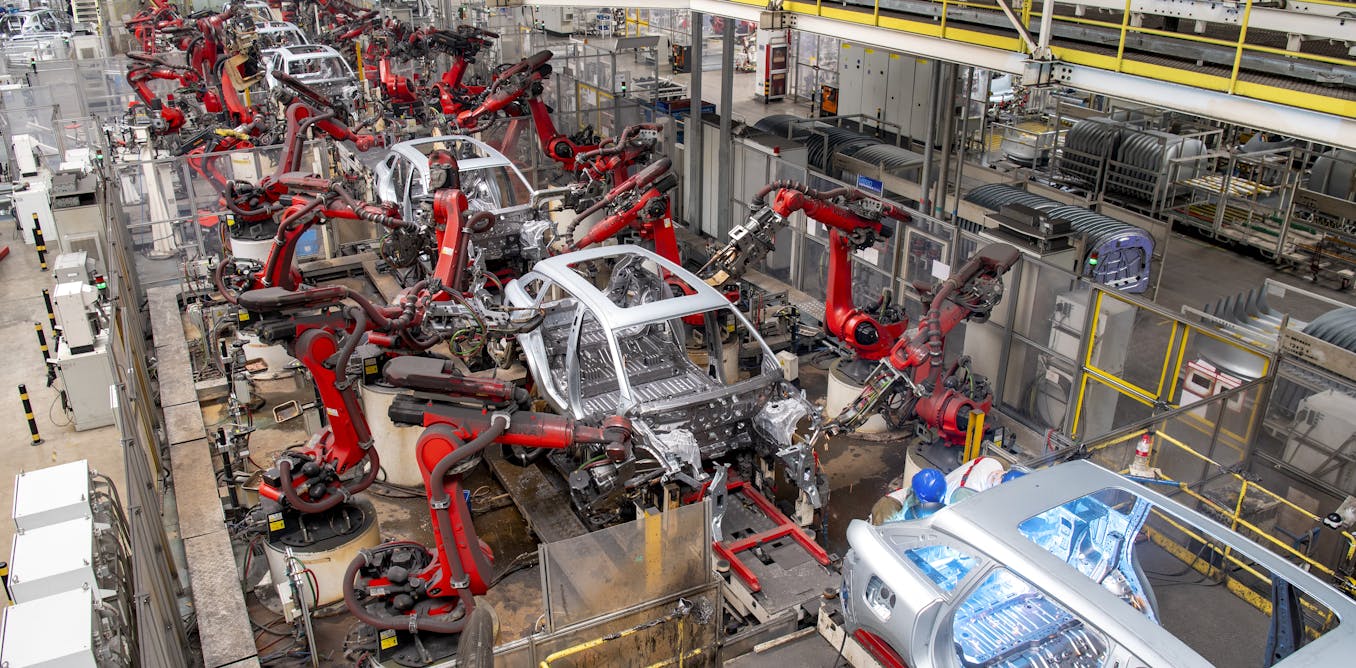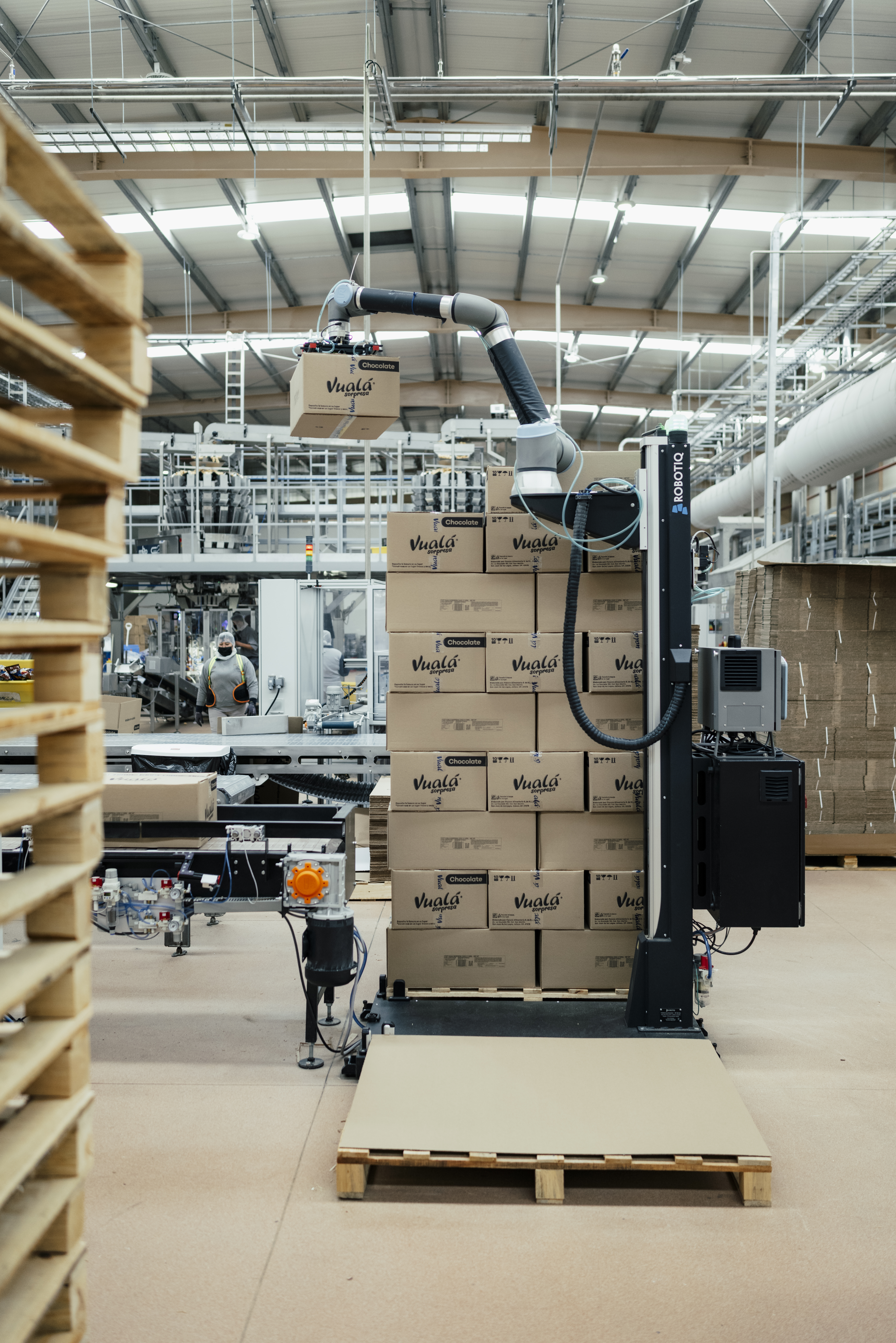This article is part of our exclusive IEEE Journal Watch series in partnership with IEEE Xplore.
Imagine walking downtown when you hear a loud bang coming from the construction site across the street—you may have the impulse to freeze or even duck down. This type of quick, instinctual reaction is one of the most basic but important evolutionary processes we have to protect ourselves and survive in unfamiliar settings.
Now, researchers are beginning to explore how a similar, fast-reacting thought process can be translated into robots. The idea is to program robots to make decisions the same way that humans do, based on our innate emotional responses to unknown stimuli—and in particular our fear response. The results, published 27 June in IEEE Robotics and Automation Letters, show that the approach can significantly enhance robots’ ability to assess risk and avoid dangerous situations.
Alessandro Rizzo, an associate professor in automation engineering and robotics at the Polytechnic University of Turin in Italy, led the study. He notes that robots currently face many challenges in adapting to dynamic environments while enacting self-preserving strategies. This is in large part because their control systems are often designed to accomplish very specific tasks. “As a result, robots may struggle to operate effectively in complex and changing conditions,” Rizzo says.
How the Human Brain Responds to Risk
Humans, on the other hand, are able to respond to many different and unique stimuli that we encounter. It’s theorized that our brains have two different ways to calculate, assess, and respond to risk in these scenarios.
The first involves a very innate response where we detect external stimuli (for example, a loud bang from a construction site) and our brain makes very quick, emotional decisions (such as to freeze or duck). In a way, our brains are swiftly responding to raw data in these scenarios, rather than taking the time to more thoroughly process it.
According to a theory on how our brains work, called the dual-pathway hypothesis, this reaction is elicited by the “low road,” neural circuitry responsible for emotions, driven by the amygdala. But when our brains instead use experience and more articulated reasoning involving our prefrontal cortex, this is the second, “high road” pathway to respond to stimuli.
Rizzo and a doctoral candidate in his lab, Andrea Usai, were curious to see how these two different approaches for confronting risky situations would play out in robots that have to navigate unfamiliar environments. They began by designing a control system for robots that emulates a fear response via the low road.
“We focused on fear, as it is one of the most studied emotions in neuroscience and, in our view, the one with the greatest potential for robotics,” says Usai. “Fear is closely related to self-preservation and rapid responses to danger, both of which are critical for adaptive behavior.”
Reinforced Learning in Robotics
To emulate the fear response in their robot, the researchers designed a controller based on reinforced learning, which helps the robot dynamically adjust its priorities and constraints in real-time based on raw data of its surroundings. These results inform the behavior of a second algorithm called a nonlinear model predictive controller, which sets a corresponding motor pattern to the robot’s locomotion.
Through simulations, Rizzo and Usai tested how their robot navigates unfamiliar environments, comparing it to other robot control systems without the fear element. The simulations involved different scenarios, with various dangerous and non-dangerous obstacles, which are either static or moving around the simulated environment.
The results show that the robot with the low road programming was able to navigate a smoother and safer path towards its goal compared to conventional robot designs. For example, in one of the scenarios with hazards dynamically moving around, the low road robot navigated around dangerous objects with a wider berth of about 3.1 meters, whereas the other two conventional robots tested in this study came within a harrowing 0.3 m and 0.8 m of dangerous objects.
Usai says there are many different scenarios where this low road approach to robotics could be useful, including cases of object manipulation, surveillance, and rescue operations, where robots must deal with hazardous conditions and may need to adopt more cautious behavior.
But as Usai notes, the low road approach is very reactive in nature, and is better suited for very quick decisions that are needed in the short term. Therefore, the research team is working on a control design that mimics the high road that, while complementing the low road, could help robots make more rational, long-term decisions.
The researchers are considering doing this using multimodal large language models, like ChatGPT. As Rizzo explains, “These models could help simulate some of the core functions of the human prefrontal cortex, such as decision-making, strategic planning, and context evaluation, allowing us to emulate more cognitively-driven responses in robots.”
“Looking ahead, it would also be interesting trying to extend the architecture to incorporate multiple emotions,” Rizzo adds, “enabling a richer and more nuanced form of adaptive behavior in robotic systems.”

The post “Robots That Learn to Fear Like Humans Survive Better” by Michelle Hampson was published on 07/26/2025 by spectrum.ieee.org
















.jpg)





